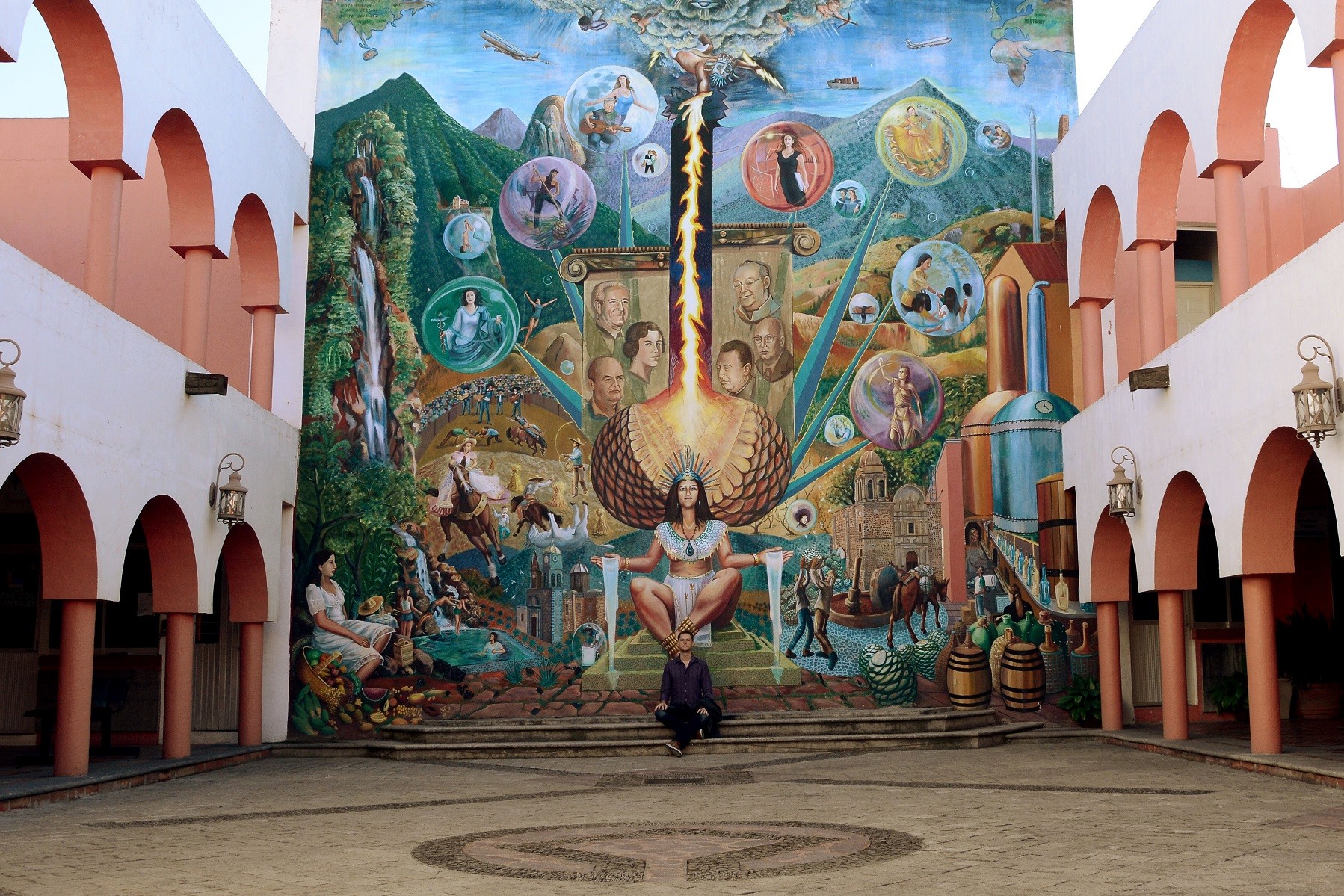The Story: Young people learn philosophy
Arielle Friedman is the former co-host of the Crypto Hippies Podcast, and now a co-host of The Multiversity Project, a podcast for exploring higher-dimensional education.
In this interview we talk about what got her on the path of questioning what governments told her, noticing that their stated intentions weren’t aligned with their real intentions. We talk about how that lead her to take an interest in philosophy, particularly in the works of Hegel. And we talk about the future of governments with things like private security and seasteading.
The Eps:
Voluntaryism and beyond – Katy Kelly
Being Open-Minded – Chris Guida
The Links:
The Cash:
If you enjoy our posts, please like and follow The Paradise Paradox’s page on Steemit where you can join, earn money, and upvote our posts to help support the show! You can also find a lot of additional content which is not posted on this site, with Kurt’s posts on Steemit. Also check out my new site, Cryptonomics, and follow Cryptonomics on Steemit
We really appreciate all of your contributions! Every cent and satoshi we receive lets us know that we’re doing something worthwhile, that you are entertained by our program, and that you’re starting to question what you know more and more. Please be generous. Donate to The Paradise Paradox. Or buy some stuff on Amazon using this link. Or buy some of our great T-shirts here.
The Episode:
Listen and subscribe to The Paradise Paradox on Anchor and other services.
If you enjoyed the episode, don’t keep it a secret! Feel free to share it on Twitter, Tumblr, Facebook, Reddit, or your office bathroom wall.


